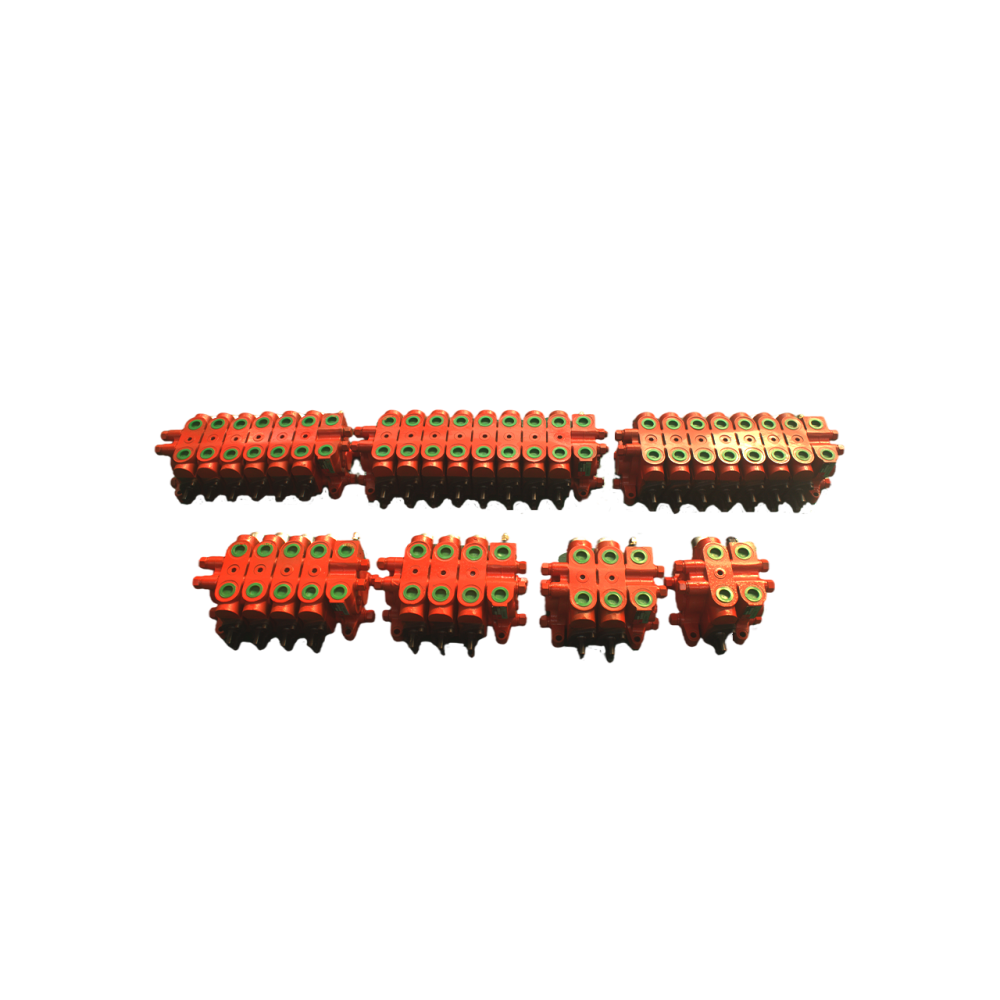Hydraulic Multiple Directional Control Valve, also known as a multi-port valve or multi-way valve, is a type of valve used to control the flow direction of fluid in a hydraulic or pneumatic system. It has multiple ports or passages that can be connected to different actuators or components in the system.
The main purpose of a multiple directional Hydraulic Control Valve is to regulate the flow of fluid to various parts of a system, allowing for precise control of movement and operation. It can be used to control the direction of movement of hydraulic cylinders, motors, or other actuators.
The number of ports or passages in a hydraulic multiple directional control Manual Valve can vary depending on the specific application. Common configurations include 3-way, 4-way, and 5-way valves. A 3-way valve has three ports: an inlet, an outlet, and a common port that can be connected to either the inlet or outlet. A 4-way valve has four ports: an inlet, an outlet, and two working ports that can be connected to different actuators. A 5-way valve has five ports: an inlet, an outlet, and three working ports.
Multiple directional hydraulic control valve can be manually operated or automated using solenoids or other control devices. They are typically made of durable materials such as steel or brass to withstand high pressures and harsh operating conditions.
Overall, multiple directional control Hydraulic Valves are essential components in hydraulic and pneumatic systems, allowing for precise control of fluid flow and direction to achieve desired movements and operations.





































